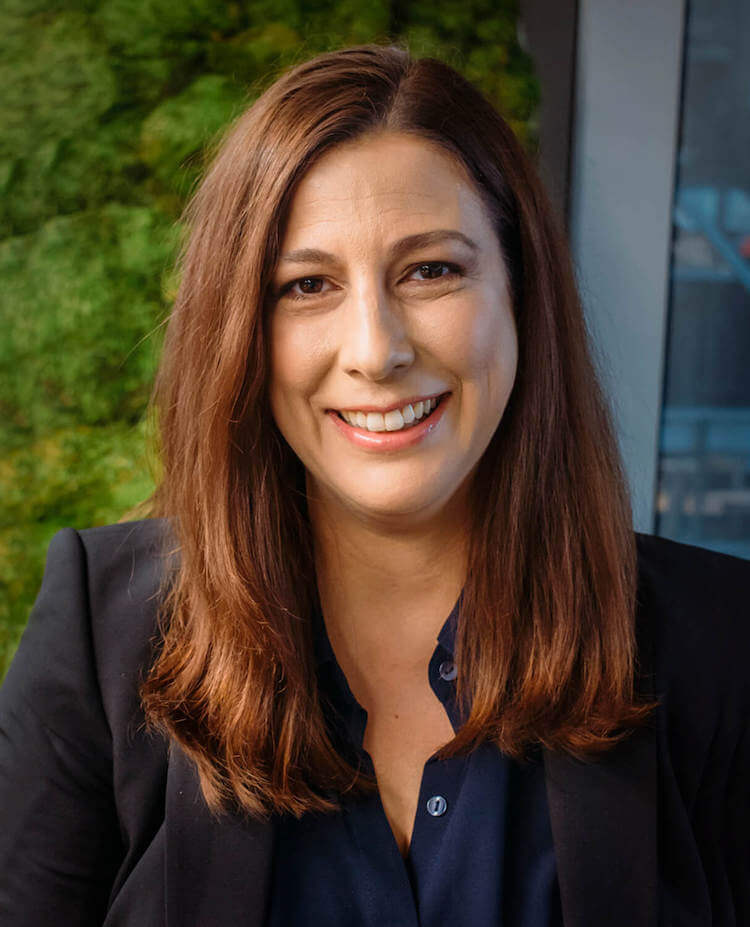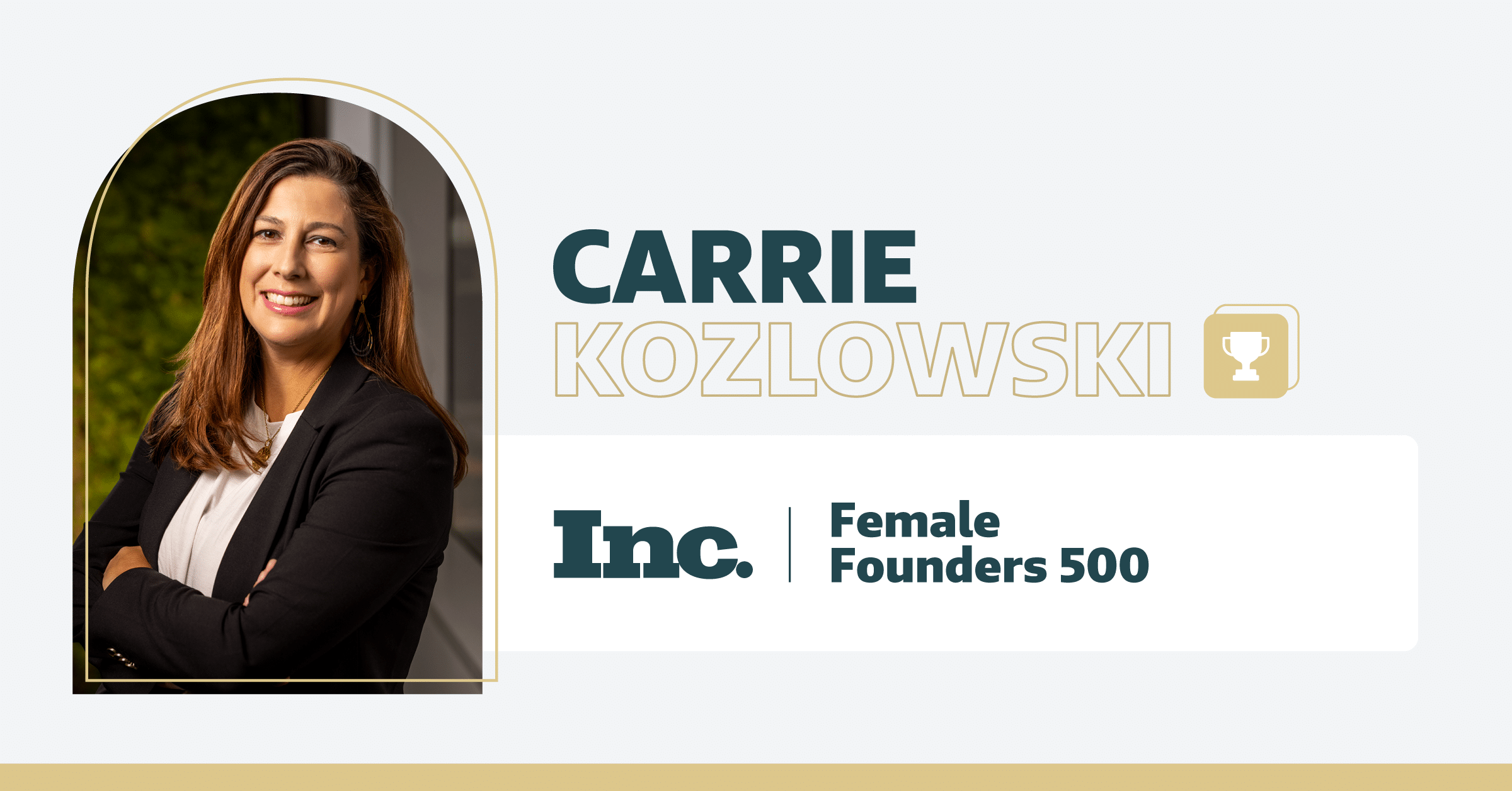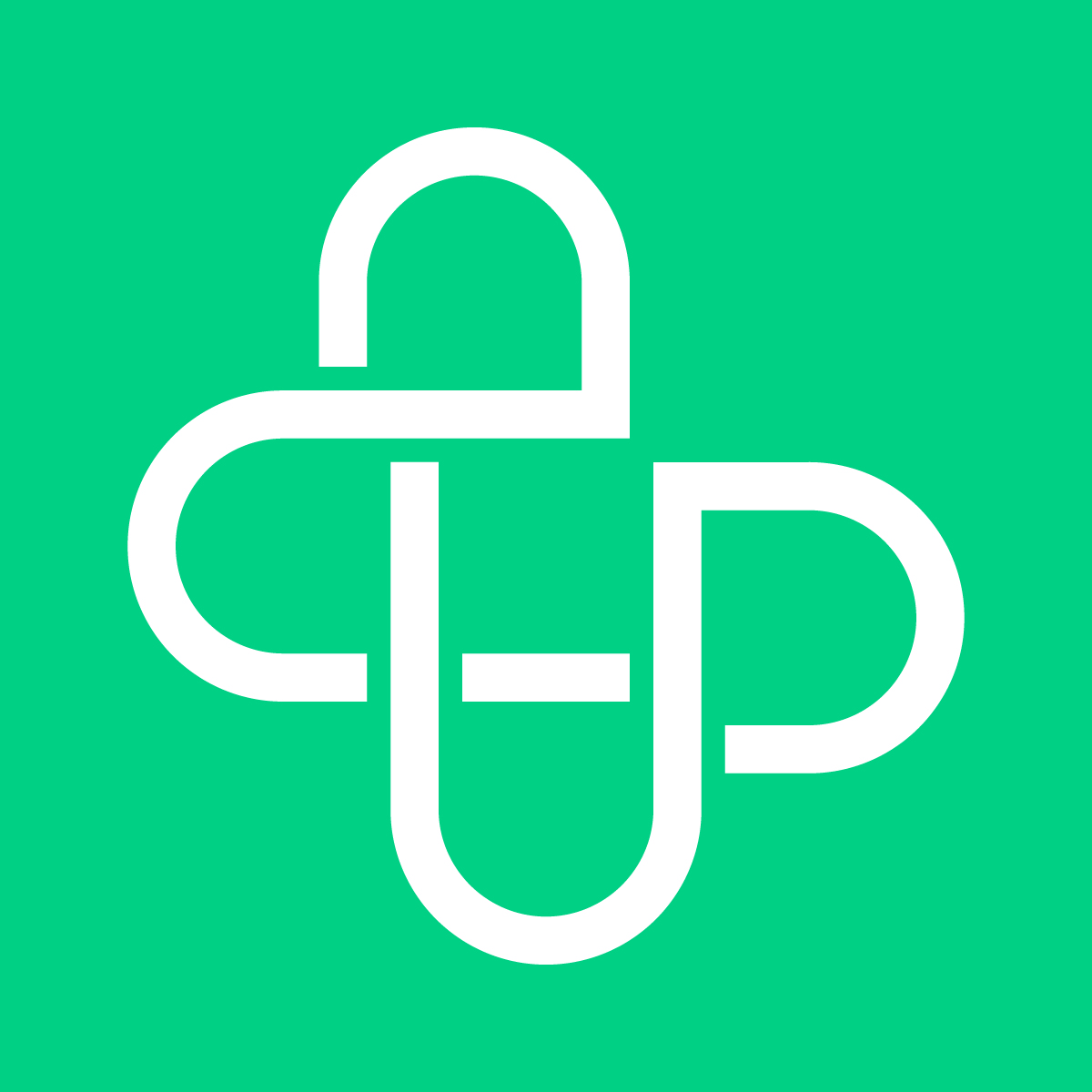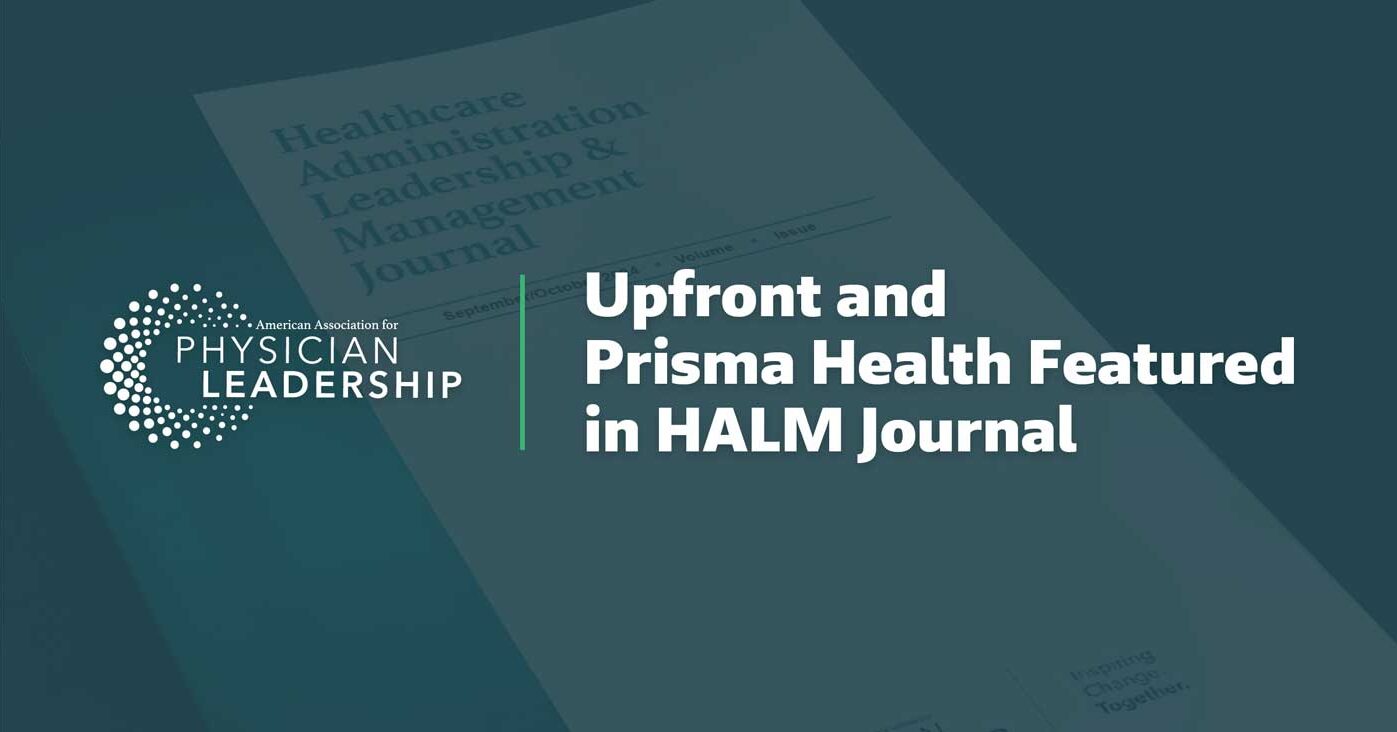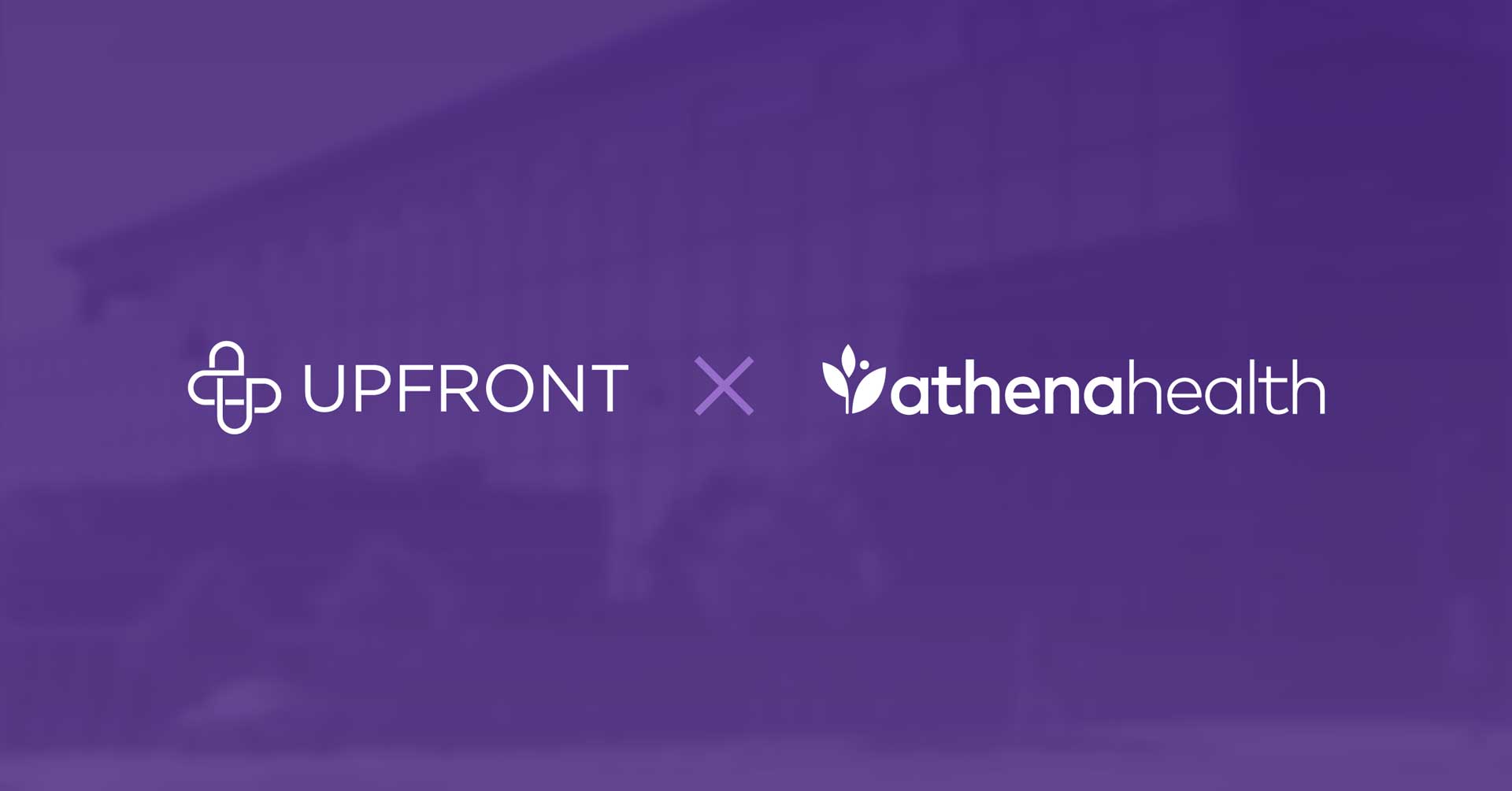Upfront recently hosted a two-day user conference with Urgent Care leaders in Chicago. Leaders discussed challenges facing the industry, exchanged lessons from the field, and shared the strategies they’re applying to build a strong future. Read on as Upfront co-founder and COO, Carrie Kozlowski, shares her personal highlights from the event.
Last week, we were honored to host a user conference with Urgent Care leaders here in Chicago, where we gathered to exchange best practices, share lessons learned, and network with peers — with the collective goal of advancing the Urgent Care industry. It was an incredible opportunity for our team to listen and gain insight into the urgent care landscape, which is quickly emerging as a critical and convenient path to care.
Our attendees represented clinical, operations, and marketing leaders at some of the largest and smallest independent urgent care groups in the country, as well as health system and medical group-owned urgent cares.
Across fireside chats, problem-solving round tables, product strategy sessions, and more, there was a consistent theme: helping more patients get the care they need.
Upfront’s psychographic segmentation research shows that 37% of patients in the U.S. value convenience over physician relationships. Beyond preference, we also know many people are delaying or deferring care due to barriers like transportation, cost, and work schedules. Urgent care represents a prime opportunity for us to move the needle on health outcomes with most of our attendees reporting they have both the capacity and access to deliver more care.
Michael Schajer, a healthcare advisor and current Director of Throughput and Resources at Hartford HealthCare, kicked off the event by examining the crossroads within urgent care following the necessary prioritization of testing and vaccine delivery during the pandemic.
Will urgent care meet patients’ preventive care and equitable access needs or continue to pursue low acuity services? Both have the potential to drive profits while the former has the added benefits of improving quality and lowering total cost of care (and driving long-term loyalty!)
Through this lens of population health, Michael framed various partnership models urgent care companies can pursue — joint ventures, shared risk, concierge, and primary care. Health systems and medical groups are all taking on increased risk as value-based care grows; urgent care can help shorten time to value, provide much-needed access, close gaps in care, and, in doing so, negotiate upside shared savings agreements.
Another creative recommendation: Capitalize on the throughput and patient flow strengths of the urgent care layout, as well as the excess capacity. Many specialists have provider access and procedure rooms, but not enough out-patient capacity to complete pre-procedure evaluations, thus limiting throughput. Partnering with specialists to leverage space can improve referral completion and shorten time to value for needed procedures, benefiting patients, providers, and health systems.
However, he, and other attendees, cautioned, conducting a thorough SWOT analysis is needed to ensure success.
Some of the best advice? “Know what you aren’t,” which jumpstarted a riveting conversation about the times urgent care centers failed to heed that guidance and the lessons they learned from the experience. (Sidenote: I personally loved the reframing of mistakes as “our greatest learning came from X experience…”)
Underpinning all of the guidance was the importance of patient engagement and trust. Michael suggested that providers, medical groups, and health systems have earned that trust so leveraging opportunities to co-brand is essential to optimizing the success of any partnership model.
This theme of patient trust carried through our second day where Lindsay led a fireside chat with physician, health care veteran, and patient trust expert, Jan Berger, CEO of Health Intelligence Partners. Jan co-authored “Re-engaging in Trust: The Missing Ingredient to Fixing Healthcare,” with Julie Slezak and joined us to share some of her experiences building trust as a healthcare operations executive along with learnings from her research.
If you’ve ever seen Jan speak or met her in person, you know she is a phenomenal storyteller. As Lindsay guided the conversation, Jan told stories about her time as a pediatrician and leading CVS Minute Clinic, and the importance of measuring patient trust as a KPI. When she questioned the room about who was doing this today, only one hand went up. Jan then detailed how Johnson & Johnson and WD-40 (no, not all the learnings came from healthcare) measured the financial impact of patient trust. She emphasized that it must be a top-down measure, sharing how former Cleveland Clinic CEO Toby Cosgrove hired Bridget Duff as Chief Experience Officer and then endorsed her as their authority on trust, saying he, too, was going to follow her lead on this measure.
Jan left our attendees with homework — introduce trust as a core metric for leadership. While her book cites fifteen actions that create “Trust Resets,” she encouraged everyone start by focusing on Experience:
- Making a commitment to developing a relationship with each consumer;
- Being on time and following up in a timely way;
- Setting and meeting realistic expectations; and
- Utilizing a human-centered design approach.
As she talked about being welcomed back to her favorite hotel chain and restaurant, I was reminded of an incredible experience I had at my neighborhood urgent care, @WellNow.
Of course, we relied on them for back-to-school and travel testing during the height of COVID. When I visited the clinic for another issue, the front desk registrar immediately greeted me with, “Hi Carrie, How are the girls?” Boom! My family has not deviated from this urgent care center since.
We closed the conference with a product strategy and executive Q&A session. Ben and I love these opportunities to hear directly from our clients so we can iterate our strategy to meet the needs of the market.
The creativity was endless! Ideas that promote greater operational efficiency, better insights, and of course, how to help staff best leverage Upfront’s personalization analytics + 360-degree views to deliver a more connected, trusting patient experience.
Lastly, the group took a mini-deep dive into exploring how urgent care organizations can connect with employers to become a preferred partner and negotiate into health plan agreements by demonstrating financial value and employee satisfaction.
We were moved by the shared enthusiasm for our collective potential to transform healthcare. Perhaps, Steve McGovern of Total Access UrgentCare, summed it up best:
“Upfront shares the same ethos that we have — more than anything, we are in this industry because we just want to help people. Upfront’s mission is to just support patients, support clients. I think that shared mission just gets us closer to the finish line.”
We couldn’t agree more. As we head into the tailend of the year, we’ll be reflecting on these conversations and apply our users’ feedback to further enhance the Upfront platform and solutions. We can’t wait for next year to celebrate progress, learn from each other, and continue the journey of improving access and care for all patients!
